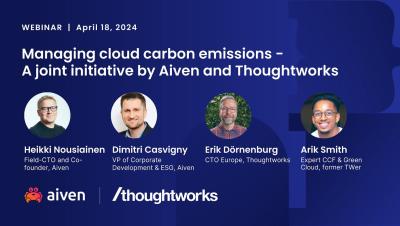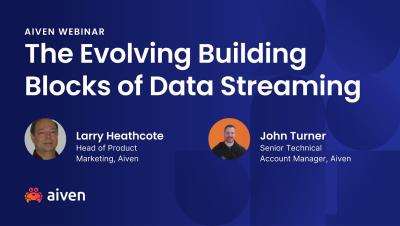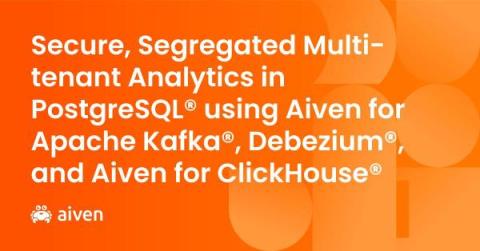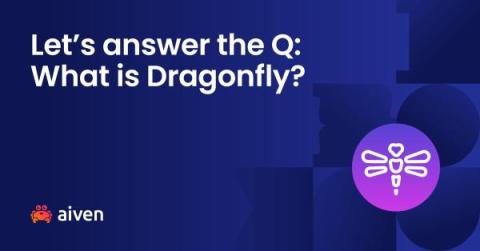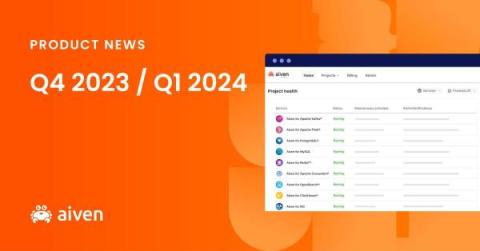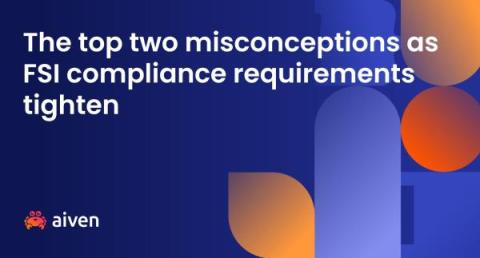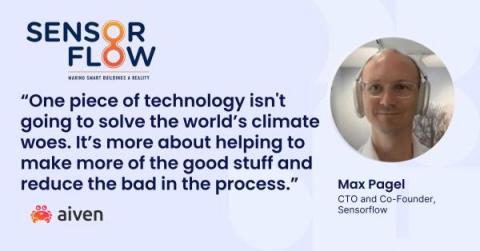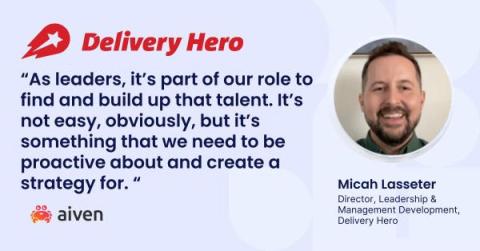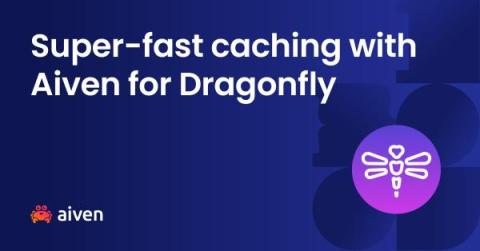Managing cloud carbon emissions- A joint initiative by Aiven and Thoughtworks
Did you know that the tech sector is responsible for around the same volume of carbon emissions as the aviation industry? Cloud computing relies on large data centers and data transmission networks, making it one of the leading sources of energy and carbon emissions in tech. Moreover, challenges surrounding the reliability and accessibility of accurate cloud emissions data complicate the management of such data alongside an inclusive climate action. Aiven and Thoughtworks are driving a vision to tackle this issue head-on.


